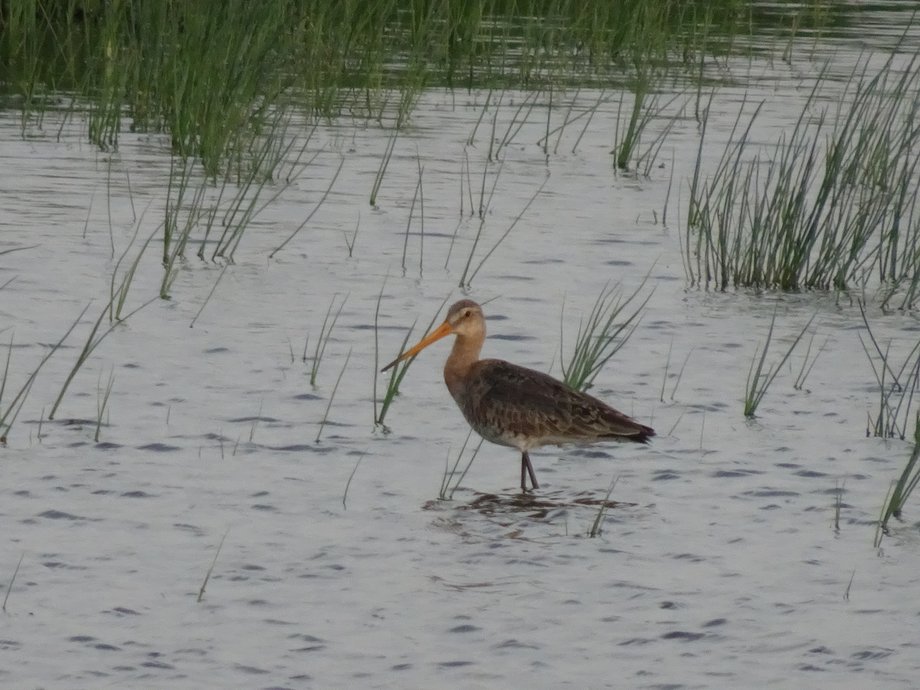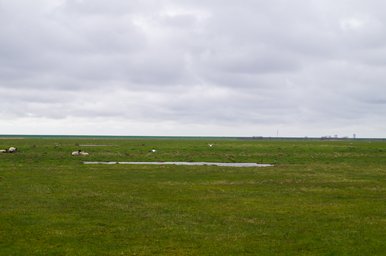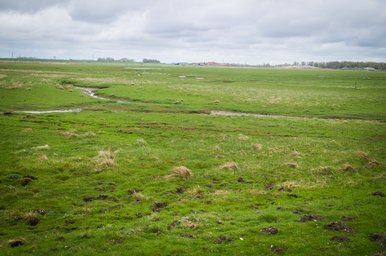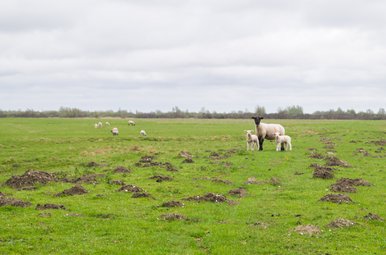
The black-tailed godwit (Limosa limosa) belongs to the family of the sandpipers (Scolopacidae). The black-tailed godwit is an umbrella species for wading and meadow birds and is listed like most other meadow birds on the red list of endangered animal species (in Schleswig Holstein: RL 2, in Germany: 1 and internationally according to IUCN "near threatened"). The black-tailed godwit is a large wader with a body length of 35 to 45cm and a wingspan of up to 75cm. As a migratory bird, it overwinters mainly in East Africa and spends only the breeding season from February to June in Europe. Here it prefers to stay at sites with a high groundwater table that are locally flooded in large-scale wetland areas. The birds return to the same breeding sites every year and only the young birds look for new breeding sites for their first breeding attempt. Large open areas, i.e. sites without trees and other high structures are essential for this species. Landscapes consisting of large-scale extensive pastures, meadows and water surfaces are used as breeding and feeding habitat. Cold weather with persistent rainfall can pose a threat to the newly hatched chicks, whereas enough rainfall to lead to locally flooded areas must have occurred before the breeding season.







